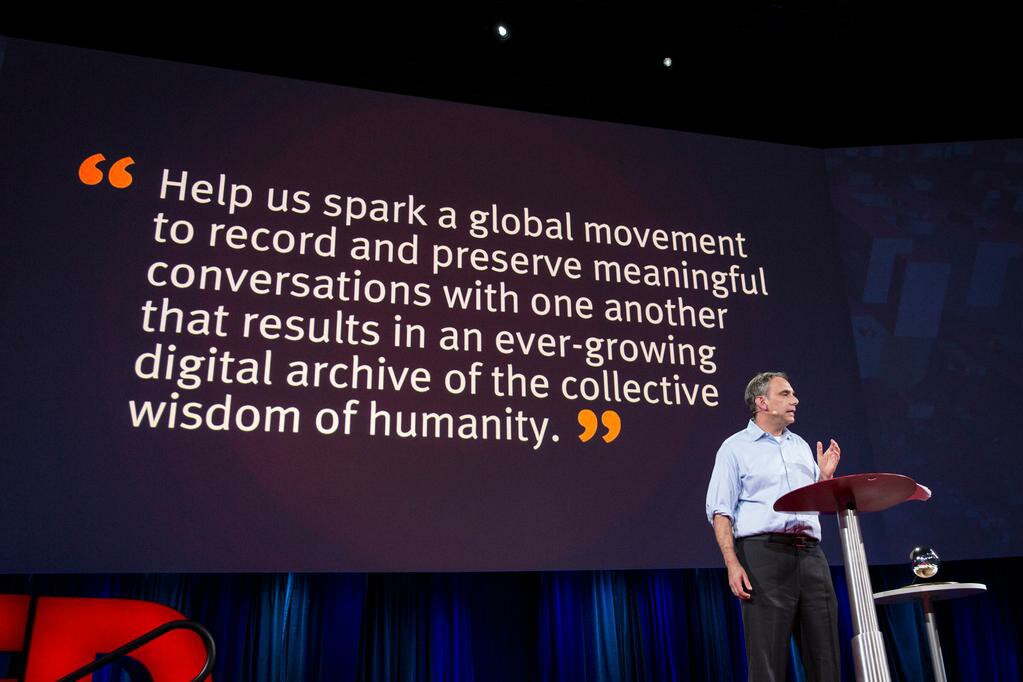You live in a small town, and the community newspaper runs a frightening headline: “Mysterious Disease Strikes Town: One of Three Residents Will Disappear by 2017.”
You read the article, and the news is even worse than you thought. By 2020, scientists predict, two out of three residents will be gone. Look to the left of you. Look to the right. In five years, you will not see those two people anymore.
This news is real—only, the “small town” is the people who serve as leaders of nonprofit organizations. At least in New England, where I live, a third of them will be gone in two years, and almost two-thirds in the next five years. The numbers are similar nationwide.
But it isn’t a dread disease that will take them away. It’s retirement.
A Generation Steps Aside
A large group of Baby Boomers joined nonprofit organizations in the 1960’s and 1970’s. Many Executive Directors today came up through the ranks, while others founded new organizations. In both cases, they reached leadership and stayed. Now, in a relatively short period of time, they are reaching retirement and going.
This would be good news if there were a large cohort of Generation X and Millennial leaders ready to take their seniors’ place. But it’s not going to be as simple as that.
- Nonprofits lack career ladders. Nonprofits work like teams, with hierarchies that are flattened and sometimes unclear. To move into more responsible positions, Gen Xers and Millennials have had to hop between agencies. As a result, at any particular nonprofit, no one in the next generation has the institutional memory, and no one becomes heir apparent when the Executive Director is set to retire.
- Younger generations expect more. “I think younger leaders are looking at my generation of leaders like we were crazy — overworked, under-resourced, lower salaries, you name it,” said Marianne Hughes, who founded Boston-based Interaction Institute for Social Change in 1993 and stepped down three years ago. “They’re saying, ‘That’s insane and we’re not so interested in that,’ and I actually find that admirable.”
- Leadership change can mean cultural change. New leaders can bring new ways of doing things to an organization. In fact, they may be hired to make changes! But actually changing “the way we do it” may alarm staff, volunteers, clients, donors…even the Board of Directors who hired the new Executive Director.
“The best time to plant a tree is 20 years ago. The second best time is today.”
If your organization hasn’t begun thinking about what happens when your leader retires, start today!
If you’re the current Executive Director:
- Recruit a strong Board. They are the ones who will pick your successor. Your legacy depends on their ability to make a good choice.
- Plan ahead. Start documenting those key procedures that you carry in your head and introducing your key donors, vendors, and other contacts to people inside your agency.
- Let people know. Especially if you’ve been the ED for twenty years or more, your staff are going to need time to get used to the idea of working for someone else. Give them the time they need.
If you’re on the Board of Directors:
- Check current salary levels for Executive Directors. An organization where I worked had a former priest as ED. He was no longer under a vow of poverty, but he was willing to serve for a very low salary. An outside consultant told the Board, “Unless you raise the salary of this position, you’ll never be able to fill it when he retires.” It takes several years to build a substantial increase into the budget—and you may have to adjust other senior staff salaries proportionately—so check now.
- Budget for professional development. To groom leaders from within, pay for courses and training. Make sure your program director, finance director, or development director learn the things they need if any of them is going to run the organization someday.
- Consider hiring an Interim Executive Director. An experienced leader can keep your boat afloat when the captain goes ashore for good. Someone who is trained as an interim knows the emotions an organization can go through in the transition and won’t take them personally. And he or she may be able to make changes that are necessary but hard, letting your new permanent ED come in with a new, fresh, inspiring vision.



Be the first to comment on "6 Things to Do Before Your Nonprofit Leader Retires"